As AR and AI become increasingly sophisticated, there’s growing interest in the Chinese marketing world—and everywhere else—in the potential of virtual avatars. We’re moving rapidly towards a world where virtual spokespersons—whether official mascots or ambassadors, or virtual KOLs — can be just as articulate, compelling, and, most importantly, influential an advocate for a brand as a human can be.
Virtual KOLs are becoming popular in China
This trend is being helped along as AR facilitates greater overlap between online and offline worlds. Consumers have long accepted the notion of forming relationships and empathy with virtual characters in realms like gaming and animation. AR and AI are converging with social platforms, entertainment, and advertising, opening a portal where virtual characters can break out of their traditional habitat and into new territories.
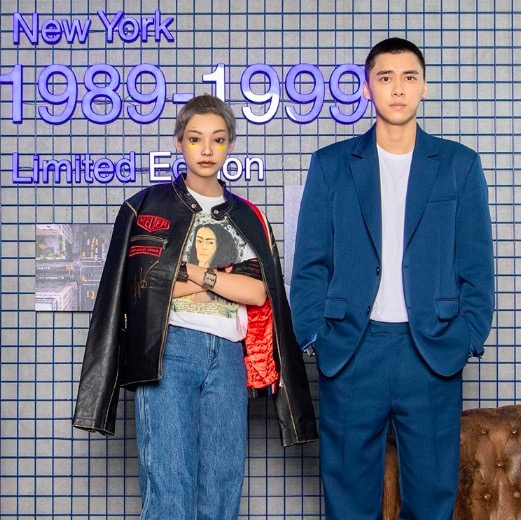
Online magazine Voicer introduced Poka (or “PokaPoka” on Instagram) via an interview on their website
It’s clear that major players in China are placing big bets on virtual KOLs, with a string of tech and gaming companies making significant commitments to exploring the field over the past year or two. By 2023, the industry is expected to be worth RMB 1.5 billion, according to South China Morning Post.
In October 2018, Bilibili launched bG Games in a joint venture with Japan’s Gree. A virtual KOL strand will be among the initiative’s core projects, in addition to developing games for both the Chinese and Japanese markets. That deal coincided with HappyElements announcing the launch of Music Fighter, which combines anime with live streaming and social media. Released on Bilibili, the anime tells the story of an idol group complete with in-show performances. Fans can interact with the characters via live broadcasts, creating an affinity between character and fan that pushes beyond the traditional lines of the genre.
Another important trend in Chinese marketing is the increasingly fluid interplay between gaming and “real-life” forms of entertainment. Tencent, for example, has featured avatars of characters from Arena of Valor at concerts marking the wildly popular game’s annual world championship. Likewise, Japanese virtual star Ootengu, a character from the Netease game Onmyoji, has also made the transition to the stage. Ootengu has performed his own songs at concerts for Bilibili, among other events.
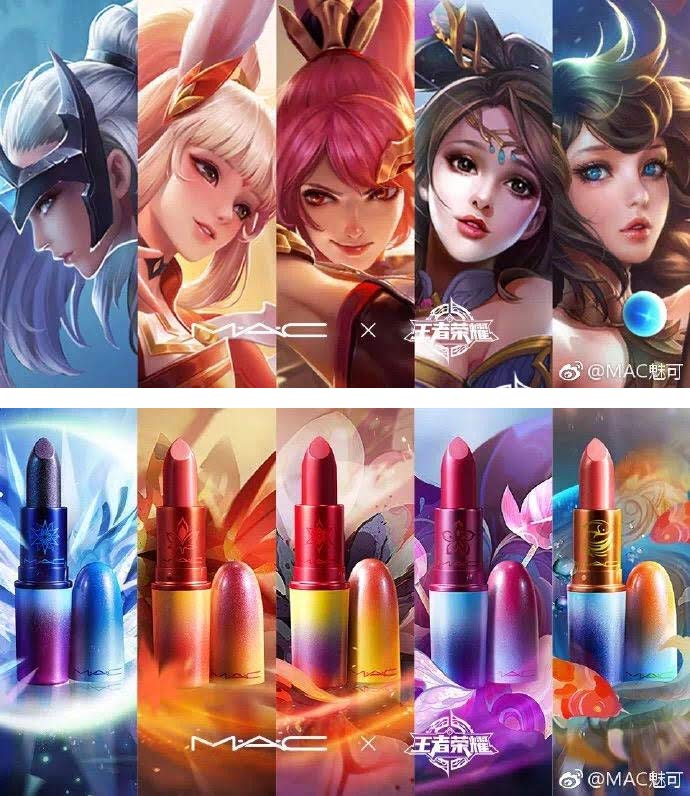
Of course, entertainment and advertising are closely intertwined, and brands have lined up to strike endorsement deals and create content with the gaming superstars. For example, cosmetics brand MAC has repeatedly partnered with the game Arena of Valor. Earlier this year, the brand released a collection of lipsticks, eye makeup, and more in colors inspired by male characters from the game. Characters from Onmyoji have “worked” with brands from a diverse range of categories including Head & Shoulders, Oreo and JD Finance.
Luo Tianyi (洛天依) is the most popular of China’s growing category of virtual singers or “Vocaloid” KOLs. Luo is just one member of Yamaha’s Vsinger project, a crew of virtual singers also including Yanhe, Mo Qingxian, and brother-sister duo Yuezheng Ling and Yuezheng Longya. The Vsingers star at holographic concerts, but major brands like KFC have also swooped to capitalize on their popularity. Luo has starred in her own games and performed with world-renowned Chinese pianist Lang Lang in March 2019.

Virtual influencer @Luo Tianyi (洛天依)
How brands in China can utilize virtual KOLs?
Some brands have even created their own virtual characters and KOLs. Perfect Diary famously invites customers into its private traffic WeChat groups by having them befriend virtual influencer Xiao Wanzi. Initially, Xiao Wanzi acted as a kind of group administrator and conduit for messaging from the brand, sharing content, and special offers. However, the concept proved so successful that Perfect Diary has expanded Xiao Wanzi’s role, giving her a mini-program and her own line of products. Named Abby’s Choice after Xiao Wanzi’s “English” name, the line of skincare products is exclusive to the mini-program. The mini-program, which itself is intended only for members of Perfect Diary’s private traffic networks, also hosts live-streams featuring Xiao Wanzi and her virtual friends.
E-commerce companies have also staked out the territory and offered their own virtual KOLs to help brands connect with target consumer groups. Tmall’s Aimèe, a stylish young Gen Z woman, debuted during 2019’s Singles Day event and has featured in live broadcasts and videos aimed at younger consumers. Luxury brands including Prada and Miu Miu are among the labels that have partnered with Aimèe to date.

TMall’s virtual influencer, Aimée, in Prada and Miu Miu
One added benefit of working with virtual KOLs is that while AR increasingly allows these influencers to operate in traditionally “human” realms like live broadcasts and promotional appearances at events, there are also opportunities to extend promotions seamlessly into the virtual realm. For example, brands can partner with virtual KOLs on emoji packages, stickers, and in-game product or brand placement. Oreo scored a major success in 2018 by creating an interactive game in partnership with hugely popular cartoon pig Zhu Xiaopi.
The drawback of virtual KOLs
A drawback is that developing virtual KOLs is a costly enterprise. In the authenticity-obsessed realm of Chinese social media, followers are unlikely to respond to a poorly fleshed out virtual avatar. But building out the world of these KOLs, from their backstories to their body language and interactions, requires a huge amount of investment of resources. Money is one issue, but time, equipment, and assembling the talent to do the job properly are the other parts of this elusive puzzle.
As a case in point, late 2018 saw Giant Interactive outline initial plans to invest an annual RMB 100 million developing Japanese anime character Menhera-chan for the Chinese market. The Shanghai-based multiplayer online gaming company bought the global rights to Menhera-chan’s image, and the response from fans appears to justify the commitment. Giant’s first game featuring the character received around 170,000 pre-orders.
However, it remains to be seen whether the general quality of virtual KOL content will be high enough to justify sustained investment in the field. There may only be room for a handful of virtual KOLs. It costs hundreds of thousands of RMB to produce a typical music video-style performance featuring virtual KOLs. To reproduce the standard of the performance featured in a professional music video, then that can set a brand back more than RMB 1 million. The concerts mentioned above? RMB 20 million or more. Creating a decent live broadcast may demand fewer theatrical bells and whistles, but fans expect live-streams to be interactive. That means investing in voice actors with the skills to respond naturally with spontaneity and wit. Brands and digital teams can only afford to skimp on quality so far before fans will turn off.
For brands choosing to explore the virtual or animated KOL space, some of the same considerations apply as when working with human influencers. Each virtual KOL has a specific follower profile, just like any other KOL. Many virtual KOLs are designed intentionally to be avatars for a specific industry or field—for example, fashion or cars—so brands will naturally want to target virtual KOLs whose fanbase and content align with their products and/or values.

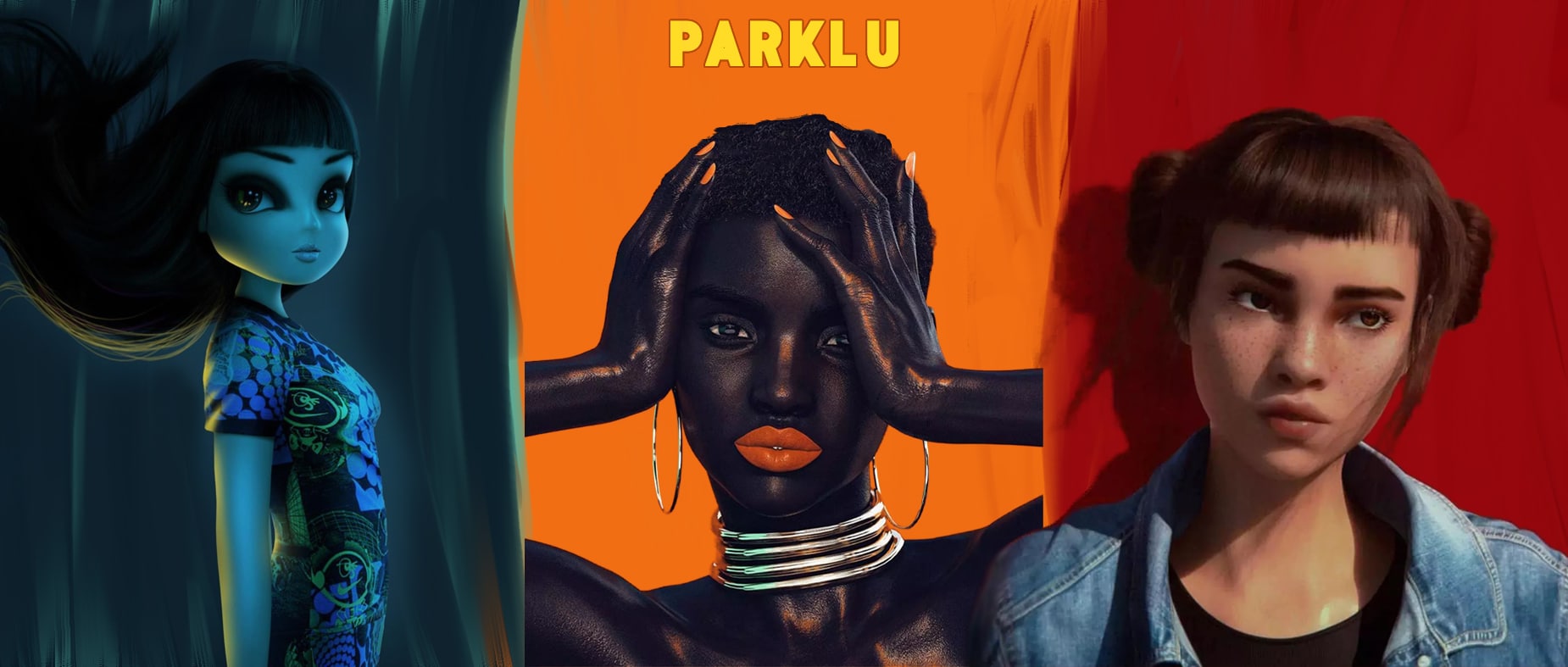
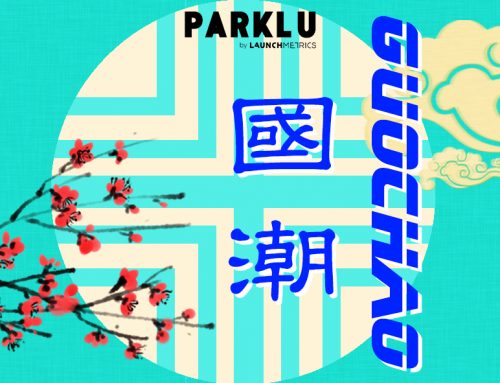
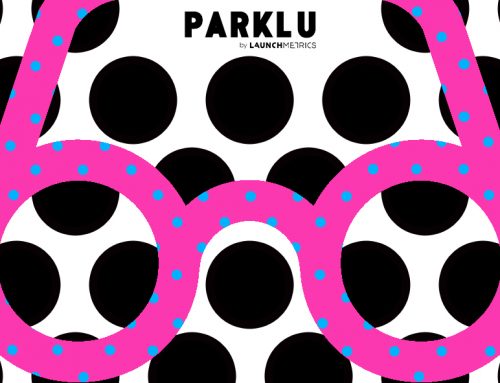

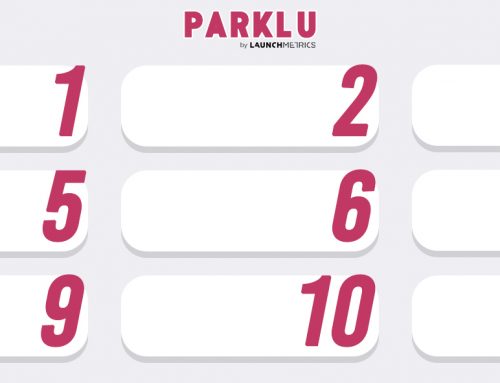


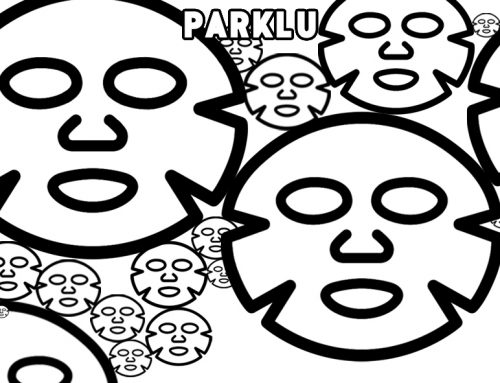
Leave A Comment